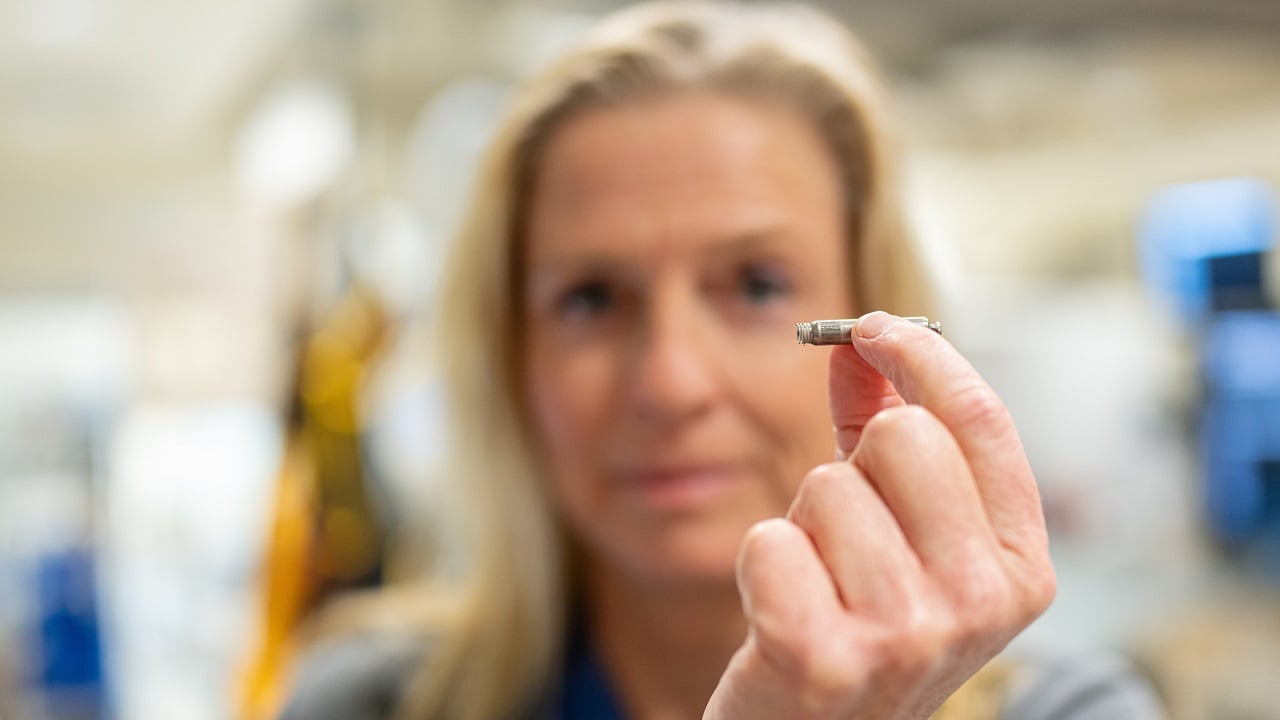Pacemakers & Implantable Defibrillators
Irregular heartbeats or arrhythmias can lead to serious heart conditions.
There are several ways to treat this problem, including implanting small cardiac devices. These small mechanical pacemakers and defibrillators can detect irregularities and help restore your heart's rhythm. We also offer advanced remote monitoring for these devices.
UC San Diego Health is a local and national leader in helping patients control atrial fibrillation (AFib) and other arrhythmias (heart rhythm problems).
What are Pacemakers & ICDs?
Pacemakers and implantable cardioverter defibrillators (ICDs) are small devices that monitor your heartbeat and deliver energy to the heart, when needed, through thin, flexible wires called leads. They are implanted beneath the skin, below the collarbone. In most cases, we can place the devices with minimally invasive techniques on an outpatient basis (one day or an overnight stay).
The procedures for inserting a pacemaker or ICD are the same. They are performed in our state-of-the-art electrophysiology facilities.
UC San Diego Health is one of the few medical centers offering laser lead extraction. This procedure is done when one of the leads in the device needs to be removed because of infection or damage.
Pacemakers
Pacemakers work "on demand" to treat slow heart rhythms. The small electronic devices are connected to one or more wires (leads) that run to the heart's atrium and/or ventricle via a vein. When the heartbeat is too slow, the pacemaker delivers a small electrical impulse to stimulate the heart to beat.
A Pioneer in Leadless Pacemakers
UC San Diego Health is among the first in the nation to implant a new leadless pacemaker that is one-tenth the size of a traditional pacemaker. The new device can help treat bradycardia, a condition characterized by a slow or irregular heart rhythm, usually fewer than 60 beats per minute.
Unlike traditional pacemakers, the new device does not require cardiac wires (leads) or a surgical "pocket" under the skin to deliver a pacing therapy. Instead, the leadless pacemaker is small enough to be delivered through a catheter via the groin and implanted directly into the heart.
Implantable Cardioverter Defibrillators (ICDs)
ICDs work much like pacemakers but are used to treat rapid heart rhythms originating from the heart's lower chambers. This device may be used if you've had a cardiac arrest (your heart stopped) or you have rapid, abnormal heart rhythms that cannot be controlled by drugs or other approaches.
An ICD may also be used in patients with very weak heart muscle, where there is an increased risk of developing dangerous heart rhythms.
Advanced Remote Monitoring
If you have a pacemaker or ICD, you can take advantage of UC San Diego Health's advanced remote monitoring program. Wireless technology in your device can track changes in heart function or rhythm and transmit the information to your physician's office.
The information is used for routine monitoring (discussed at clinic visits) or in the case of a cardiac incident or irregularity so that our physicians can contact you for an immediate appointment.
Biventricular Pacemakers or Defibrillators for Cardiac Resynchronization Therapy (CRT)
In addition to conventional pacemakers and ICDs, our physicians use biventricular pacemakers or ICDs for a treatment known as cardiac resynchronization therapy (CRT).
CRT devices work by pacing both the left and right ventricles simultaneously, which results in resynchronizing the muscle contractions and improving the efficiency of the weakened heart.
Our Specialists
Cardiovascular Locations
See heart care locations conveniently located around San Diego County.



